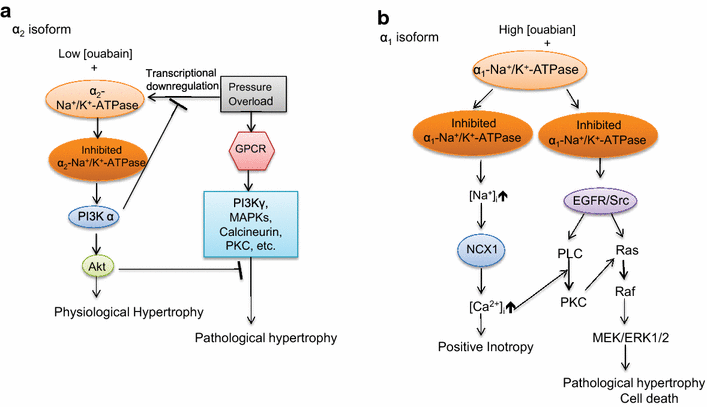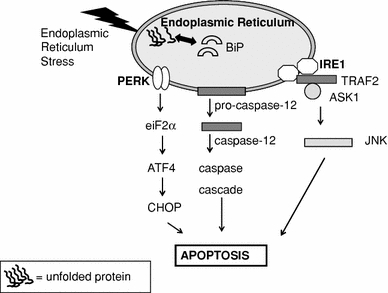


Pathological hypertrophy is associated with fibrosis, capillary rarefaction, increased production of pro-inflammatory cytokines, and cellular dysfunction (impairment of signaling, suppression of autophagy, and abnormal cardiomyocyte/non-cardiomyocyte interactions), as well as undesirable epigenetic changes, with these complex responses leading to maladaptive cardiac remodeling and heart failure. In contrast, pathological hypertrophy is induced by factors such as prolonged and abnormal hemodynamic stress, due to hypertension, myocardial infarction etc. Physiological hypertrophy of the heart occurs in response to normal growth of children or during pregnancy, as well as in athletes. Cardiac hypertrophy is classified as physiological when it is associated with normal cardiac function or as pathological when associated with cardiac dysfunction. Physiological hypertrophy, which usually occurs during pregnancy and exercise, is characterize with a coordinated increase in ventricular volume and wall thickness, most importantly, it is reversible once the stimulus was relieved ( 2 ). The processes of growth (hypertrophy), angiogenesis, and metabolic plasticity are critically involved in maintenance of cardiac homeostasis. Cardiac hypertrophy can be generally divided into physiological and pathological hypertrophy. To maintain the high energy consumption required by this role, the heart is equipped with multiple complex biological systems that allow adaptation to changes of systemic demand. The heart must continuously pump blood to supply the body with oxygen and nutrients.


 0 kommentar(er)
0 kommentar(er)
